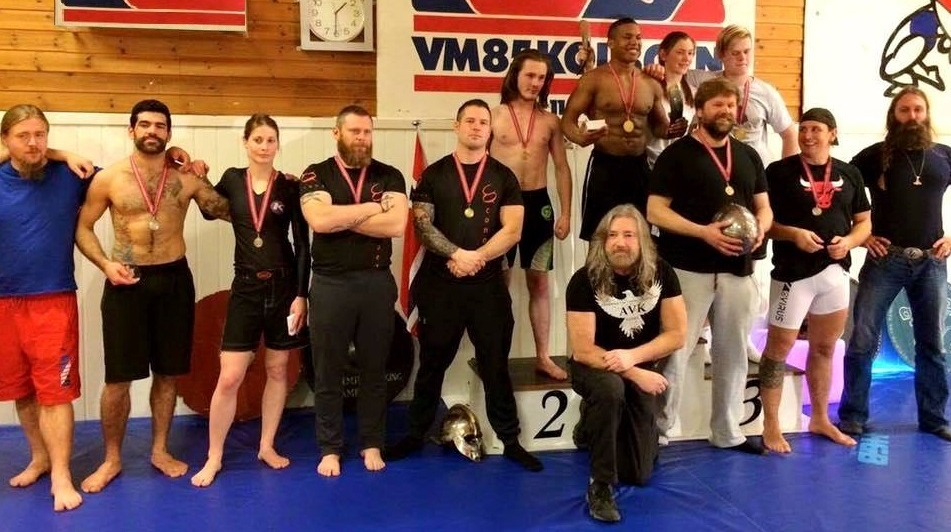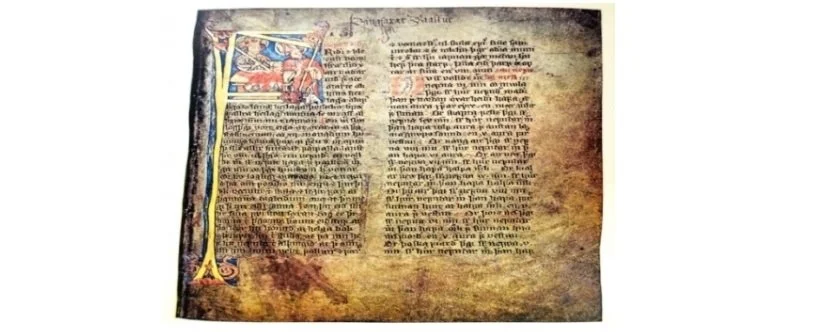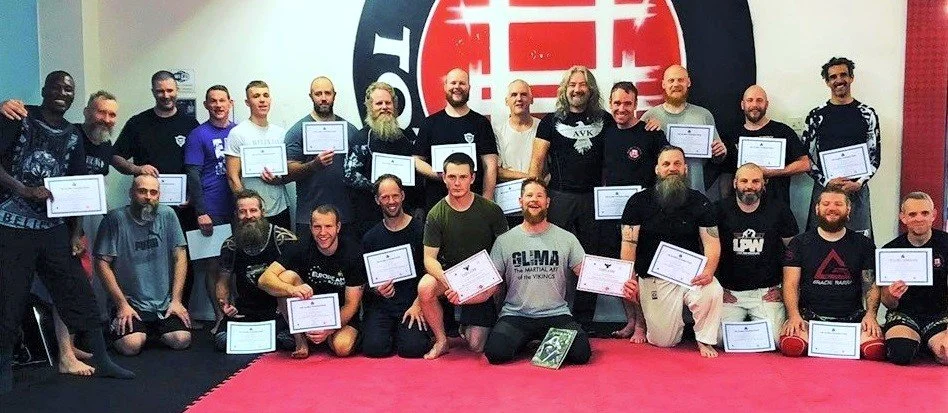VIKING WRESTLING by Tyr Neilsen
/Vikings loved all kinds of sports, but the best loved sport in Viking Age Scandinavia, was by far, wrestling.
Over the centuries, this traditional folk wrestling has been known by many names, fang, fangbrögð, leikfang, glíma, farmer wrestling, Scandinavian wrestling, Norwegian wrestling, and of course, Viking wrestling (vikingbryting in Norwegian).
Whether it was as a form of physical, mental or spiritual training, as competition, or as a form of entertainment, Viking wrestling was a major part of Viking Age life. Men, women, and children trained in this sport, and whenever the people of the north gathered, at home, in a village, at a market, or at a Thing, Viking wrestling was always a major attraction.
Viking wrestling was so important in Viking Age society, that their most popular god, Thor, was also the god of wrestling. In fact, the first written mention of Viking wresting is a Norse myth about Thor. It was written in the form of a poem and dates back to the 9th century. The poem involves Thor in a wrestling competition with a magical old woman who is actually old age. The ancient poem was written by Bragi hinn gamli Boddason and Kveldúlfr Bjálfason, who were both of Norwegian descent.
Thor wrestling with old age by Icelandic sculptor Einar Jónsson (1874 – 1954)
In 874 AD, the Norwegian chieftain Ingólfr Arnarson, became the first permanent settler in Iceland, according to the ancient manuscript Landnámabók (Book of Settlements). In the following centuries, Norwegians, and to a lesser extent other Scandinavians, immigrated to Iceland, bringing with them their culture, and their sport wrestling and combat skills.
Norwegians settlers were very protective of their culture, and throughout the centuries, Norse traditions have been preserved and cherished in Iceland. This includes the original form of traditional Norwegian wrestling, which was documented in 13th century Eddas, Icelandic Sagas and Icelandic law books.
Icelandic Jónsbók lovboken (Jonsbok lawbook), compiled in 1281, and based on earlier Norwegian Laws,







